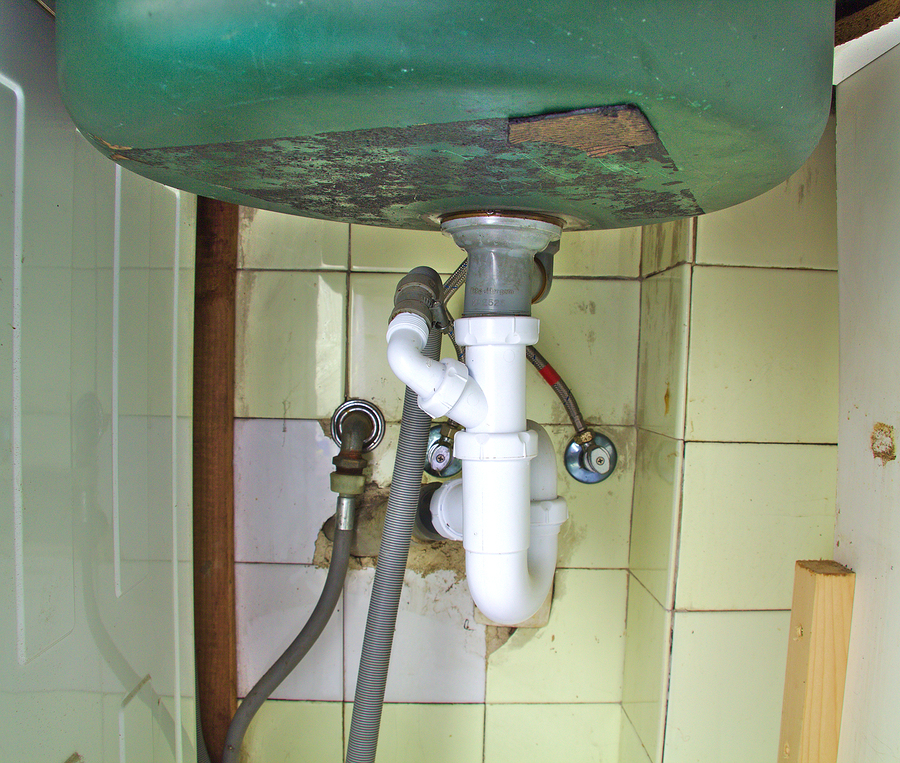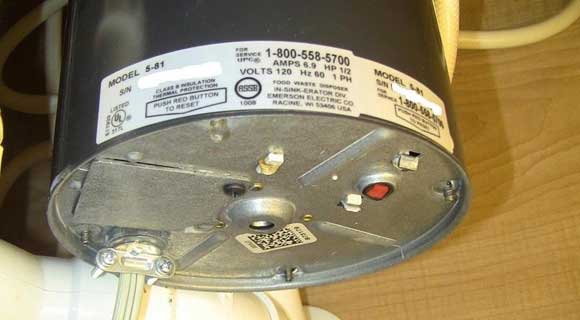This great article following next relating to Why Is My Garbage Disposal Leaking From the Bottom? is truly fascinating. Try it and make your own conclusions.

Garbage disposals are necessary kitchen area home appliances that assist in dealing with food waste efficiently. However, a dripping waste disposal unit can be a frustrating and untidy issue to manage. Fortunately, numerous leakages can be fixed easily with a few straightforward steps. In this write-up, we will review exactly how to take care of a leaking waste disposal unit properly.
Introduction
Garbage disposals are mounted under cooking area sinks and are designed to shred food waste right into smaller pieces, enabling it to pass through the plumbing system quickly. While these gadgets are generally reputable, leakages can happen over time because of deterioration, loosened links, or damage to the device.
Usual Root Causes Of Leakages in Garbage Disposals
Worn Seals and Gaskets
Seals and gaskets play a critical duty in avoiding water from leaking out of the waste disposal unit. In time, these parts can degrade, resulting in leakages around the disposal unit.
Loose Connections
The connections in between the garbage disposal and the plumbing system can come to be loose with time, causing water to leakage out during procedure.
Cracks or Openings in the Disposal Unit
Physical damage to the waste disposal unit, such as fractures or openings in the housing, can additionally cause leaks.
Recognizing the Source of the Leakage
Before trying to take care of a dripping garbage disposal, it is important to recognize the resource of the leak. This can typically be done with aesthetic inspection or by carrying out basic examinations.
Visual Inspection
Examine the garbage disposal device very carefully for any indicators of water leak. Pay attention to locations around seals, gaskets, and connection points.
Testing for Leaks
One way to test for leaks is by running water with the disposal system and checking for any kind of visible signs of leak.
Devices and Materials Needed for Taking Care Of a Leaking Garbage Disposal
Before beginning the repair service process, collect the necessary tools and materials, including a screwdriver, adjustable wrench, plumbing's putty, substitute seals or gaskets, and epoxy or patching product for fixing splits or openings.
Step-by-Step Overview to Dealing With a Leaking Garbage Disposal
Switch off the Power
Before trying any kind of repair services, guarantee that the power to the waste disposal unit system is turned off to stop the danger of electrical shock.
Find the Leak
Identify the specific location of the leakage and determine the reason.
Tighten Connections
Make use of a wrench to tighten any kind of loose links between the disposal system and the pipes system.
Replace Seals or Gaskets
If the leakage is due to worn seals or gaskets, get rid of the old elements and replace them with brand-new ones.
Patching Cracks or Openings
For cracks or openings in the disposal system, use epoxy or an appropriate patching material to secure the damaged area.
Examining the Garbage Disposal After Fixing
As soon as the repair work is total, examine the garbage disposal by running water through it to guarantee that the leakage has actually been settled.
Preventive Maintenance Tips to Prevent Future Leakages
To stop future leaks, it is important to execute routine upkeep on your waste disposal unit. This consists of keeping it clean, staying clear of placing non-food items or hard things down the disposal, and regularly checking for leakages or various other problems.
Verdict
To conclude, fixing a dripping garbage disposal is a fairly uncomplicated process that can be completed with basic devices and materials. By following the steps outlined in this short article and exercising preventive upkeep, you can maintain your waste disposal unit in good working problem and avoid costly repair work in the future.
HERE’S HOW TO FIX YOUR GARBAGE DISPOSAL
WHAT TO DO IF SOMETHING IS STUCK IN YOUR GARBAGE DISPOSAL
If the impeller won’t turn, there’s probably something stuck in the disposal. It could be a steak bone or peach pit, although plumbers report pulling all sorts of inappropriate objects out of disposals, such as bottle caps or aluminum foil. Make sure power to the disposal is off, and look inside to see if you can see the source of the jam.
Never stick your fingers in a disposal. Pull out anything you see with tongs or pliers.
If the disposal still won’t work, it may be time to call a plumber or consider buying a new disposal. GEM Plumbing & Heating is here for all of your garbage disposal needs.
WHAT TO DO IF YOUR GARBAGE DISPOSAL DRAIN IS CLOGGED
Take everything out from underneath your sink and put a bucket or other container under your disposal to catch any water that drains out. Disconnect your disposal from the power supply. If it’s plugged into a wall outlet, unplug it. If it’s hardwired into an electrical box, go to the electrical panel and turn off the breaker for the disposal. Pour ¼ cup of baking soda into the drain, followed by ½ cup of white vinegar. Give the solution a few minutes to fizz and do its work. Look into the disposal with a flashlight to see if you can see an object that might be causing the clog. If you see it, remove it using tongs or pliers. MORE TIPS ON DEALING WITH A CLOGGED GARBAGE DISPOSAL
Never use drain cleaner in a garbage disposal. It can damage the plastic parts inside the disposal. You can also be splashed with the caustic liquid while working to clear the clog. Beware! Never stick your fingers into a garbage disposal. Trust us — not a good idea. In many instances, your dishwasher drains through your garbage disposal. This allows the disposal to grind any large food particles that may be drained out of your dishwasher. There are some jurisdictions, however, where the plumbing code prohibits such a connection. WHAT TO DO WHEN YOUR DISHWASHER DRAINS THROUGH THE DISPOSAL
Run some water in the sink so your plunger has at least a ½-inch of water to create a seal and plunge vigorously up and down several times. You may need to repeat this several times. Run hot water down the drain to clear any residue that remains.

I hope you liked our topic about Why Is . Thanks so much for spending some time to read our content. So long as you enjoyed our page plz make sure you remember to share it. Many thanks for your time. Visit again soon.
Order Repair